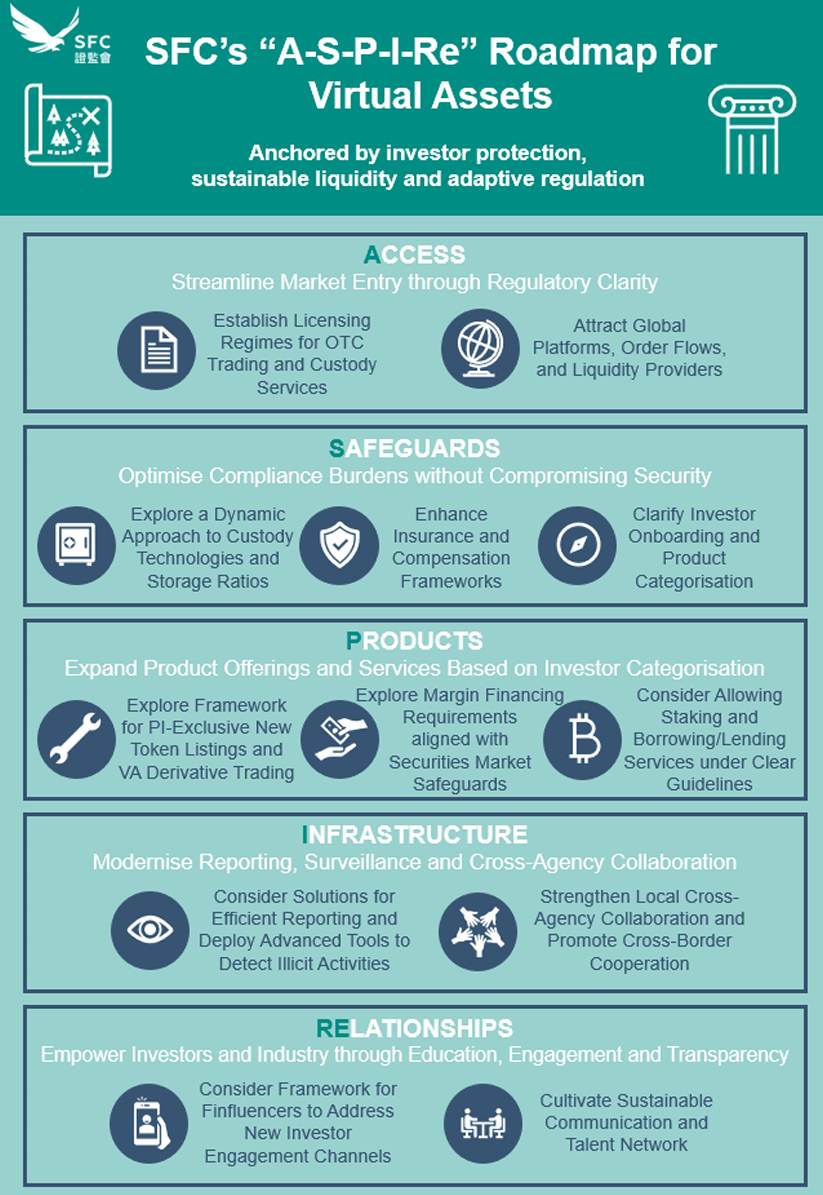
SFC’s Technology‑Neutral Custody Standards: A Compliance Paradigm Shift for Virtual Asset Operations

A regulator’s move from prescriptive tooling to outcome‑based custody controls—what it means for VATPs and banking partners navigating Hong Kong’s maturing virtual asset regime.
Why the Shift Matters Now
The virtual asset landscape experienced a sobering wake‑up call in late 2024 and early 2025, as multiple overseas centralized platforms suffered devastating cybersecurity breaches with substantial losses. The most dramatic incident struck on 12 February 2025, when Bybit fell victim to a multi‑billion‑dollar heist—the largest cryptocurrency theft in history—attributed to North Korea’s Lazarus Group. In response, Hong Kong’s Securities and Futures Commission issued a comprehensive circular on 15 August 2025 to licensed virtual asset trading platform operators, establishing custody standards that signal a fundamental shift in regulatory philosophy. For banking professionals navigating an evolving compliance landscape, this is an inflection point that demands immediate attention and strategic action.
The ASPIRe Framework: Embracing Technology Neutrality
The circular stems from Initiative 3 under Pillar S (Safeguard) of the ASPIRe roadmap, which commits the SFC to “transition to more technology‑neutral, outcome‑based standards that prioritise the overall custody control environment.” This is a sophisticated evolution from prescriptive hardware mandates to a framework that recognises rapid innovation in custody technologies while preserving rigorous security. Rather than mandating specific HSM or MPC solutions, the SFC emphasises holistic safeguards and robust asset protection inside a secure, auditable control environment. The aim is flexibility for emerging technologies without compromising the integrity and resilience of custody operations.

Source: SFC “A-S-P-I-Re” for a brighter future
The Bybit Case: When Transaction Verification Fails
The Bybit breach is a stark illustration of a core vulnerability highlighted by the circular: inadequate, independent transaction verification that failed to prevent authorised signers from approving fraudulent transfers. The Lazarus Group did not attempt to steal private keys directly. Instead, they compromised the Safe UI via malicious JavaScript injection, subtly modifying transaction parameters before display and embedding a delegatecall to upgrade contract logic. The UI showed a legitimate transfer to Bybit’s security team, but the on‑chain reality was different. This is textbook “blind signing,” explicitly prohibited by the SFC’s circular. Authorised personnel approved what they saw, not what was actually being signed—effectively handing control of the cold wallet to the attackers, who then executed rapid withdrawals siphoning billions in ETH to unidentified addresses.

Sources: Finance Strategists (financestrategists.com), Cointelegraph (cointelegraph.com)
Six‑Pillar Compliance Framework: Learning from Global Failures
The circular sets out six interconnected pillars designed to address vulnerabilities exposed by incidents like Bybit. Senior management accountability is the cornerstone: designated Responsible Officers must directly oversee custody operations. Operational controls mandate multi‑layer, independent data integrity checks and systematic whitelist controls—measures that would have disrupted the Bybit attack path. Most significantly, transaction details must be displayed in a clear, human‑readable format on dedicated approval devices with restricted functionality, alongside air‑gapped integrity checks and end‑to‑end verification. These measures target “blind signing” by ensuring the displayed transaction equals what is actually signed, catching malicious instructions such as delegatecall before any key material is invoked. Third‑party risk management extends beyond conventional vendor assessments to include disciplined SDLC controls, comprehensive code reviews, and supply‑chain security. Finally, 24/7 threat monitoring and real‑time asset reconciliation with structured alert management recognise that virtual asset operations are continuous and require immediate detection and response.
Strategic Implications for Banking Compliance
The circular’s requirements take immediate effect, compelling platform operators to assess and uplift their custody frameworks. For banks operating or contemplating virtual asset services, the lesson is clear: even sophisticated multi‑signature setups can fail if transaction verification is weak. A technology‑neutral stance provides flexibility to adopt innovative custody tooling while remaining compliant, but it raises the bar for demonstrating comprehensive risk management. Compliance teams must pivot from checklist‑style evaluations of tooling to outcome‑based assurance over the entire custody lifecycle—governance, architecture, operations, vendor code provenance, monitoring, and incident response. This demands deeper operational understanding and more mature risk evaluation methodologies, aligning internal oversight with the SFC’s emphasis on verifiable control outcomes.
Q&A: Practitioner‑Level Clarifications
Conclusion: From Regulation to Resilience
By learning from global failures and codifying outcome‑based standards, the SFC is reinforcing Hong Kong’s ambition to be a leading virtual asset hub while prioritising investor protection. For compliance professionals, the circular is more than a rulebook—it is a blueprint for resilient custody. The work now is practical: map end‑to‑end custody flows, remove blind signing, enforce last‑mile whitelists, implement human‑readable transaction displays on dedicated devices, rehearse recovery, and instrument real‑time reconciliation with 24/7 alerting. These will be the baseline expectations in Hong Kong’s expanding virtual asset regulatory ecosystem.
Original SFC Article
https://apps.sfc.hk/edistributionWeb/gateway/EN/circular/intermediaries/supervision/doc?refNo=25EC44



